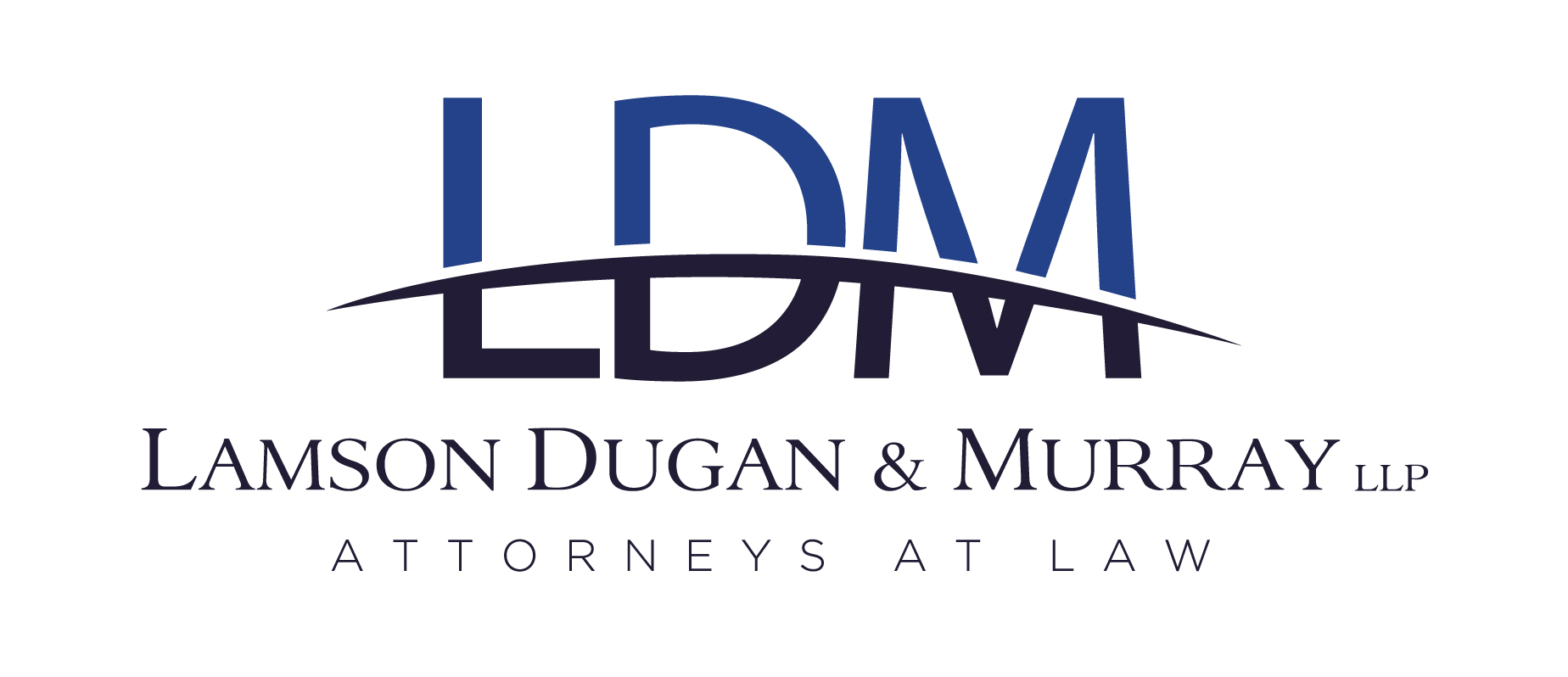Employers that are subject to a collective bargaining unit often are required to make contributions to a defined benefit pension plan sponsored by a union. If the employer and the union part ways, the employer may be subject to withdrawal liability–even if the company has made all of its pension contributions. And, this liability can cripple a company.
This is a BIG Problem
The underfunded status of multiemployer pension plans is enormous. According to Pensions & Investments, there are currently 121 plans that are expected to be insolvent within 20 years with a collective $48.9 billion in underfunding. Yes, billion with a B. This is up over $12 billion from just last year.
What is Withdrawal Liability?
Under the Employer Retirement Income Security Act (ERISA), employers that contribute to union pension funds, also known as multiemployer pension plans, are liable for the vested benefits that must be paid to the workers. When an employer terminates its relationship with a union, the pension plan will make an assessment of how much the employer must pay to cover any shortfall or underfunded liabilities of the plan. A withdrawing employer may be required to pay even it its employees are not entitled to benefits and do not form any part of the plan’s liabilities. While there are a few ways to calculate this potential liability, generally speaking, the longer an employer has contributed to the fund, the more it will owe.
What Triggers Withdrawal Liability?
There are a number of events that can trigger withdrawal liability. These include:
- Shutting down the business;
- Selling the business;
- Changing unions or terminating the CBA;
- Reducing business operations; and
- Directing contributions to another plan.
What Can You Do to Minimize Liability?
Although not a step to minimize liability, you should find out your potential liability. You have the right to request, in writing, an estimate of your potential withdrawal liability. We recommend sending this request annually to each pension plan to which you contribute. Once you are aware of your potential withdrawal liability, plan for it and make business decisions that allow your company to satisfy those obligations. You should also consider avoiding labor agreements that require contributions into a defined benefit plan. Finally, if you are winding down your business, make sure you seek qualified counsel to assist in avoiding this potential liability. There are some exceptions that may be applicable to eliminate withdrawal liability entirely.
Employer withdrawal liability is a big issue and you need to know whether it is a concern for your company.


I just retired from the sheet metal business and auctioned off assets
Union wants $1.4 million for withdrawal liability
I was to understand that if I forfeited my license and did not work in construction I would not have a liability
I’m in the Sacramento area and would like to know if you can recommend a law firm to help me with this.problem
What was the outcome
I’m not sure. We’d have to review the bankruptcy filings and dig in to provide you with an answer.
What if a local union goes bankrupt? Are the contractors of the hook of the withdraw liability?
The bankruptcy court will make that decision. It’s likely that a bankruptcy trustee will be appointed and he/she will look at the assets and any claims the union and its retirement plan may have for withdrawal liability. I do not see this as a get out of jail free card.